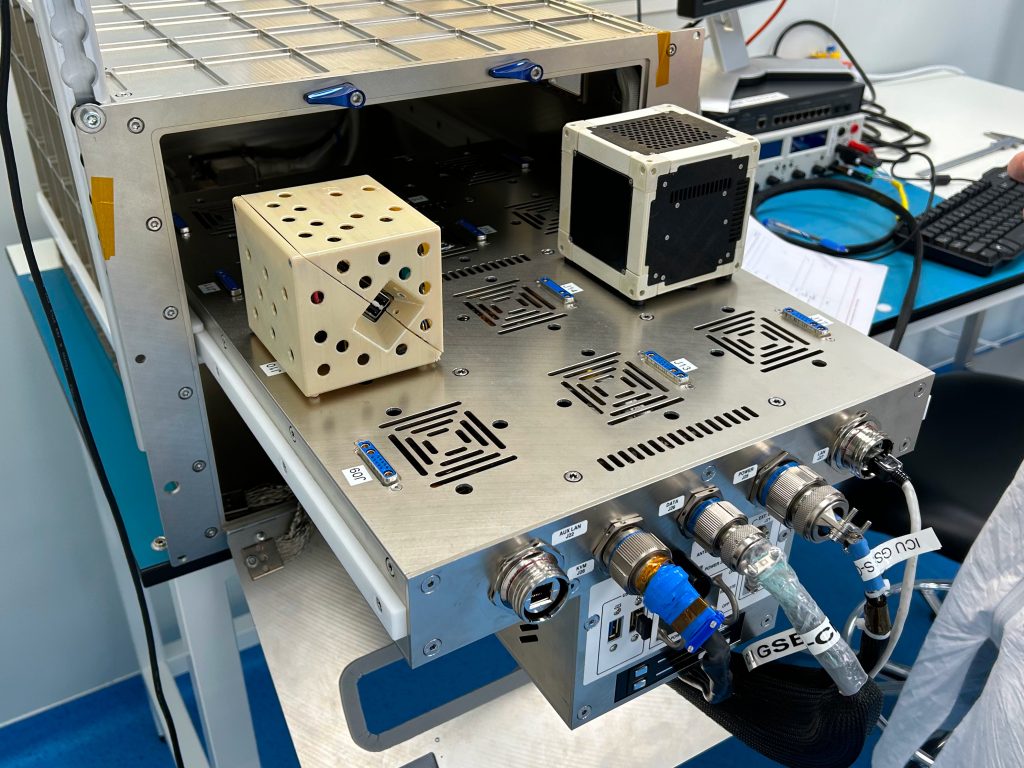by EH
In an ambitious leap for Italian engineering, researchers from the University of Trieste, in collaboration with the startup PICOSATS, have launched a cutting-edge microsatellite prototype to the International Space Station (ISS). This unique device, built from plastic and designed to be assembled like LEGO bricks, brings a potential shift in the market for compact space devices, promising lighter, more adaptable, and efficient solutions.

The brainchild of a team at Trieste’s Robotics Lab, this microsatellite—known as RISE, short for Resilient Integrated Structural Elements—includes built-in electrical circuitry, a departure from traditional designs where circuits are separate components. In the RISE satellite, electrical pathways are embedded directly into the plastic walls, linking various functional boards within the structure. This streamlined approach reduces weight, increases interior space, and simplifies manufacturing, according to Stefano Seriani, a robotics professor at the University of Trieste and the project’s lead scientist.
“During the four months we’ll be testing our concept aboard the ISS, we aim to determine if this device can operate in microgravity and withstand the stresses experienced during SpaceX’s CRS-31 mission launch aboard a Falcon 9 rocket,” Seriani said in an interview. “If successful, we’re looking at a potential revolution in the microsatellite market.”
The RISE satellite represents a significant shift in thinking about satellite design, with applications extending beyond typical satellite functions. The device is suited to tasks such as Earth observation, telecommunications, and even astrophysics and planetary exploration.
The project began in 2018 when the team won second place in a competition sponsored by the European Space Agency, which secured them a launch slot on the ISS. Since then, funding from the Italian Space Agency (ASI) has allowed RISE to reach its full potential. In a serendipitous nod to history, this launch occurs as the University of Trieste celebrates its centennial. Seriani and his team decided to commemorate the milestone in a novel way: they placed the university’s centennial logo inside the satellite. Floating alongside PICOSATS’ insignia, it will serve as a cosmic tribute to the institution.
“This centennial represents a proud legacy, so we’re thrilled to honor it in space,” said Seriani.





























